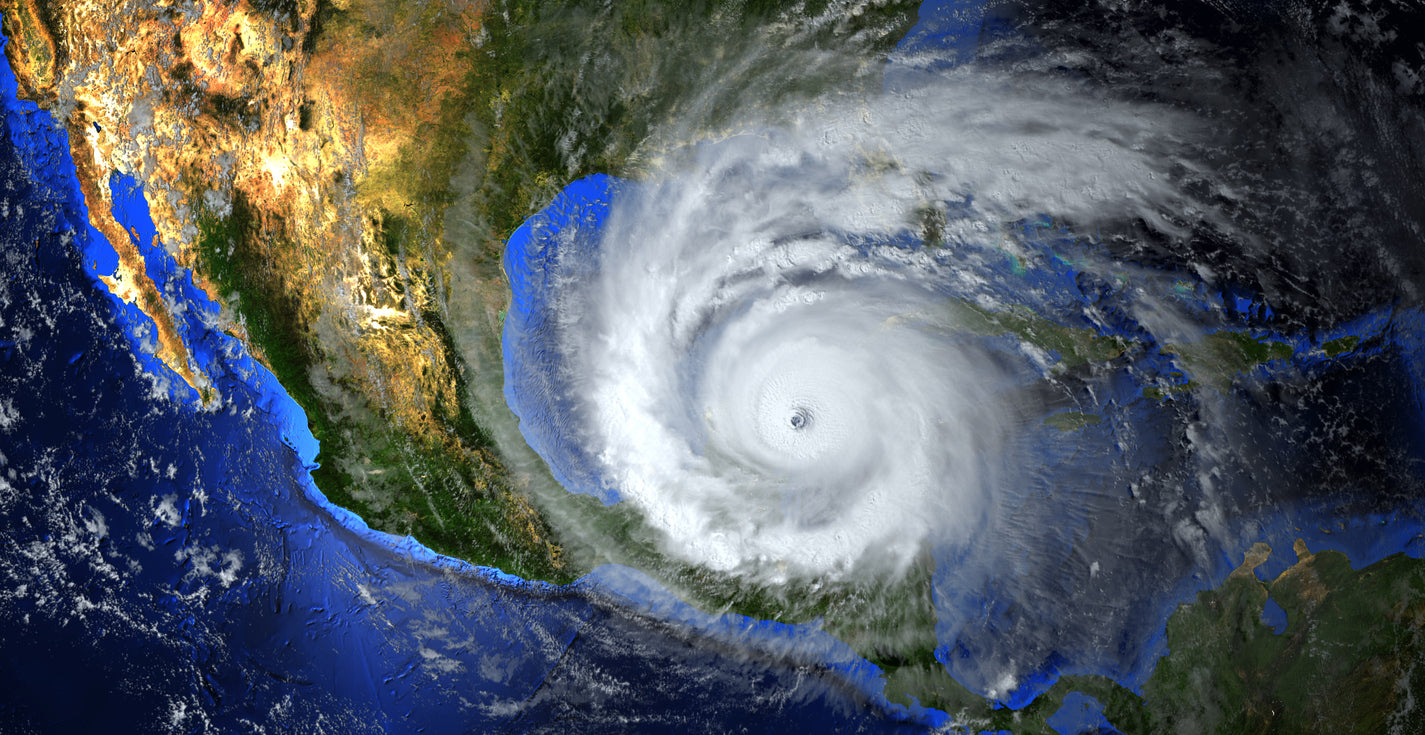Hurricane Beryl, a significant meteorological event of 2024, has garnered substantial attention due to its early formation, unprecedented intensity, and the extensive impact it has had across the Caribbean and parts of North America. Recognized as the earliest Category 5 hurricane to form in the Atlantic, Beryl has broken records and caused considerable damage and disruption.
Formation and Development
Beryl's development was fueled by record warm waters in the Atlantic, leading to its rapid intensification into a Category 5 storm by early July 2024. The conditions that led to Beryl's formation were influenced by climatic factors, including higher sea surface temperatures and favorable atmospheric conditions, which are critical for the development of such powerful storms.
Path and Impact
Caribbean
Beryl initially roared through open waters before making its presence felt in the Caribbean. As it approached Jamaica, the hurricane brought intense wind and rain, resulting in significant flooding and at least two reported fatalities[2]. The hurricane's impact on the Caribbean islands was marked by widespread damage to infrastructure, homes, and agriculture, with many areas experiencing power outages and disrupted services.
Cayman Islands and Mexico
Continuing its path, Beryl steamed towards the Cayman Islands and Mexico. The forecast predicted damaging winds, torrential rainfall, and dangerous storm surges, particularly over Mexico's Yucatan Peninsula[3]. The hurricane's approach prompted emergency responses and evacuations in vulnerable areas, highlighting the storm's potential for widespread devastation.
Texas Coast
As Beryl moved further northwest, the U.S. National Hurricane Center predicted that it would regain hurricane strength and likely make landfall along the Texas coast[5]. This forecast led to heightened preparedness measures in Texas, with authorities urging residents to secure their properties and ensure their safety.
Environmental Impact
Beryl's passage had notable environmental effects, including stimulating the mating behavior of toads in Texas. Experts observed that the rain, cooler temperatures, and barometric pressure drops associated with the hurricane created conditions that triggered mating calls among local toad populations[6]. This phenomenon underscores the broader ecological impacts hurricanes can have on wildlife and ecosystems.
Preparedness and Response
Government and Community Actions
The response to Hurricane Beryl involved coordinated efforts from government agencies, emergency services, and community organizations. In the Caribbean, authorities focused on evacuating residents from high-risk areas and providing shelters for those displaced by the storm. In Mexico and the United States, similar measures were implemented, with additional emphasis on securing critical infrastructure and providing resources for post-storm recovery.
Challenges and Lessons Learned
The experience with Hurricane Beryl highlighted several challenges in disaster preparedness and response. These included the need for timely and accurate weather forecasting, effective communication strategies to inform the public, and robust infrastructure capable of withstanding severe weather events. The lessons learned from Beryl's impact are likely to influence future policies and practices aimed at enhancing resilience to hurricanes and other natural disasters.
Future Implications
Climate Change and Hurricane Activity
Beryl's early formation and intensity have raised concerns about the influence of climate change on hurricane activity. Scientists have noted that rising sea surface temperatures and changing atmospheric conditions can contribute to more frequent and intense hurricanes. As global temperatures continue to rise, the potential for similar or even more powerful storms in the future remains a significant concern.
Enhancing Resilience
In light of Beryl's impact, there is a growing emphasis on enhancing resilience to hurricanes. This includes improving building codes and construction practices to ensure structures can withstand strong winds and flooding, investing in early warning systems and emergency response infrastructure, and promoting community education and preparedness initiatives. By adopting a proactive approach to disaster management, communities can better mitigate the risks associated with hurricanes and protect lives and property.
Conclusion
Hurricane Beryl stands as a stark reminder of the power and unpredictability of natural disasters. Its early formation, rapid intensification, and widespread impact underscore the importance of ongoing efforts to understand and respond to the challenges posed by hurricanes. As communities recover and rebuild in the aftermath of Beryl, the lessons learned will be crucial in shaping a more resilient future.
Sources
- apnews.com - Hurricane Beryl roars through open waters as monstrous ...
- reuters.com - Hurricane Beryl steams towards Cayman Islands, Mexico ...
- cnn.com - July 4, 2024: The latest on Hurricane Beryl
- convoyofhope.org - Hurricane Beryl [2024 Facts and Information]
- cbsnews.com - Beryl expected to slam into Texas coast as hurricane as it ...
- nytimes.com - Gulf Toads Send Out Mating Calls During Beryl

